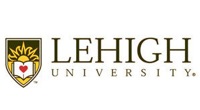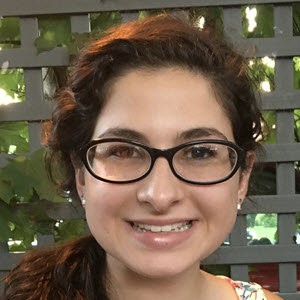Below is a summary of the abstract you submitted. Presenting author(s) is shown in bold.
If any changes need to be made, you can modify the abstract or change the authors.
You can also download a .docx version of this abstract.
If there are any problems, please email Dan at dar78@pitt.edu and he'll take care of them!
This abstract was last modified on May 1, 2019 at 10:23 a.m..

Lehigh’s SEA-PHAGES program provides a continuum of collaborative research opportunities for first year and advanced undergraduates who focus on isolating and characterizing Actinobacter phages to gain a better understanding of phage genome structural diversity, gene function, and phage biology in general. Additionally, our group has investigated immunity mechanisms that protect Cluster N lysogens from attack by heterotypic phages. Prophage-mediated immunity, conferred by Cluster N Mycobacterium phage Butters, has been the primary focus of our studies to understand mechanisms that differentially protect a Butters lysogen from infection by Cluster A3 phage PurpleHaze and Cluster I1 phage Island3. Here we report on progress on several projects. I. In addition to uncovering 12 new phages infecting Mycobacterium smegmatis including two new Cluster N phages, Smurph and ShrimpFriedEgg, we tested all direct samples on an additional host, Microbacterium natoriense. Microbacterium phage Theresita was isolated. II. An estimate of cluster diversity was obtained from DOGEMS analysis and three new mycobacteriophage genomes were annotated (two Cluster N phages [Smurph, ShrimpFriedEgg] and Cluster A11 phage Orange). Students also focused on testing infectivity of newly isolated M. smegmatis phages on Cluster N Xeno lysogen lawns, and discovered one Cluster A11 phage (Orange) with reduced infectivity compared to infectivity on M. smegmatis lawns. Immunity experiments between Cluster N and A11 phages isolated from past Xeno experiments (Bud, Bowtie, Munch) continue. III. Annotation of Microbacterium phage Theresita (Subcluster EA7) revealed a chimeric genome organization with left arm nucleotide conservation with Cluster EA phages and right arm nucleotide similarity with Cluster EJ phages. IV. We have previously shown that Butters gp30 is required for defense against PurpleHaze infection. This requirement for mediating defense against PurpleHaze infection was further supported by comparative immunity analyses using several M. smegmatis strains, lacking or expressing gp30. To investigate the mechanism of Butters prophage-mediated defense, defense escape mutants (DEMs) for PurpleHaze and Island3 were isolated and genomes sequenced. PurpleHaze DEMS mutations mapped to genes encoding minor tail proteins. Interestingly, recovery and sequencing of Island3 DEMS revealed the presence of hybrid phages generated by recombination between Butters and Island3 phage genomes where significant homology exists. Lysogens from hybrid phages, referred to as BIB phages (Butters-Island3-Butters), are currently being generated for additional immunity studies. Collectively, this array of investigations highlights ongoing research undertaken by Lehigh’s SEA-PHAGES students to broaden our understanding of phage-host interactions and phage gene expression.


